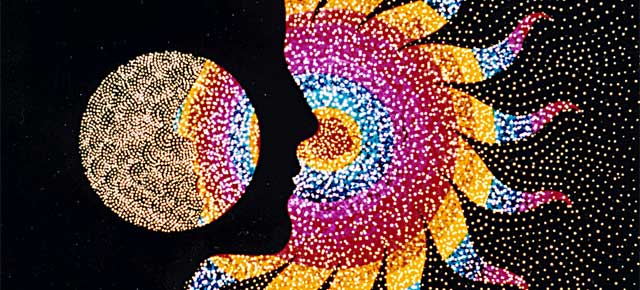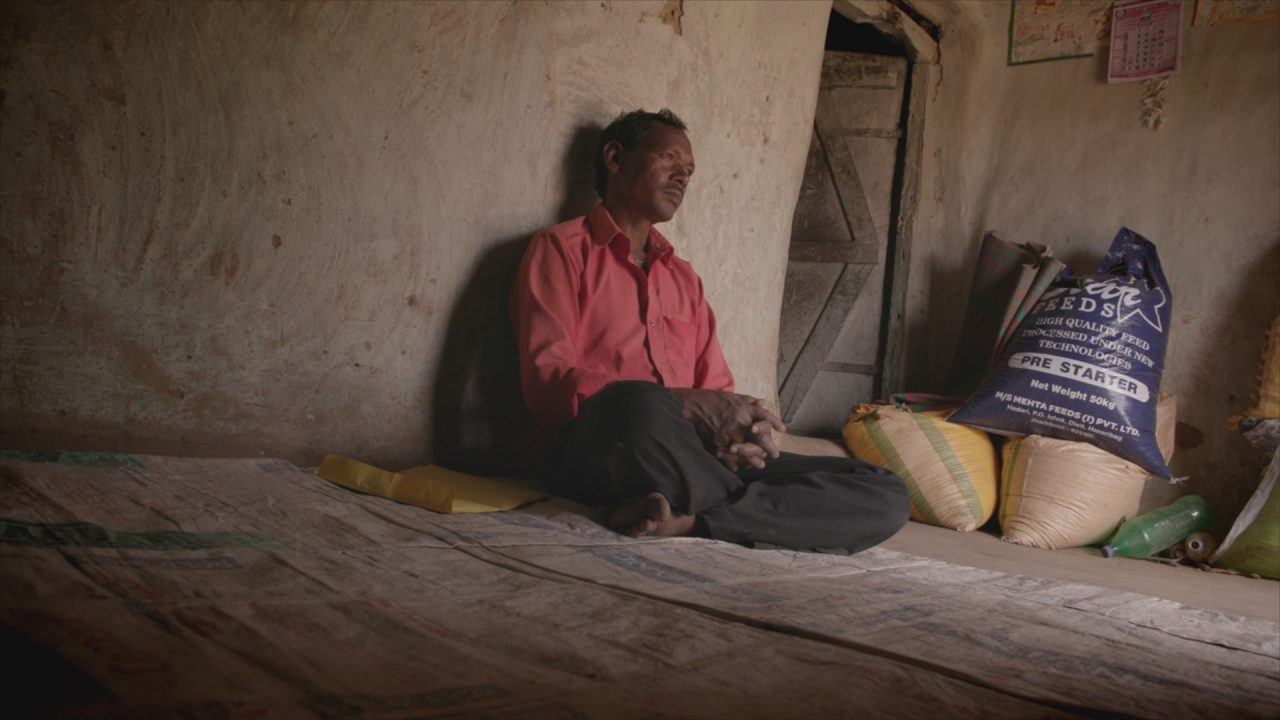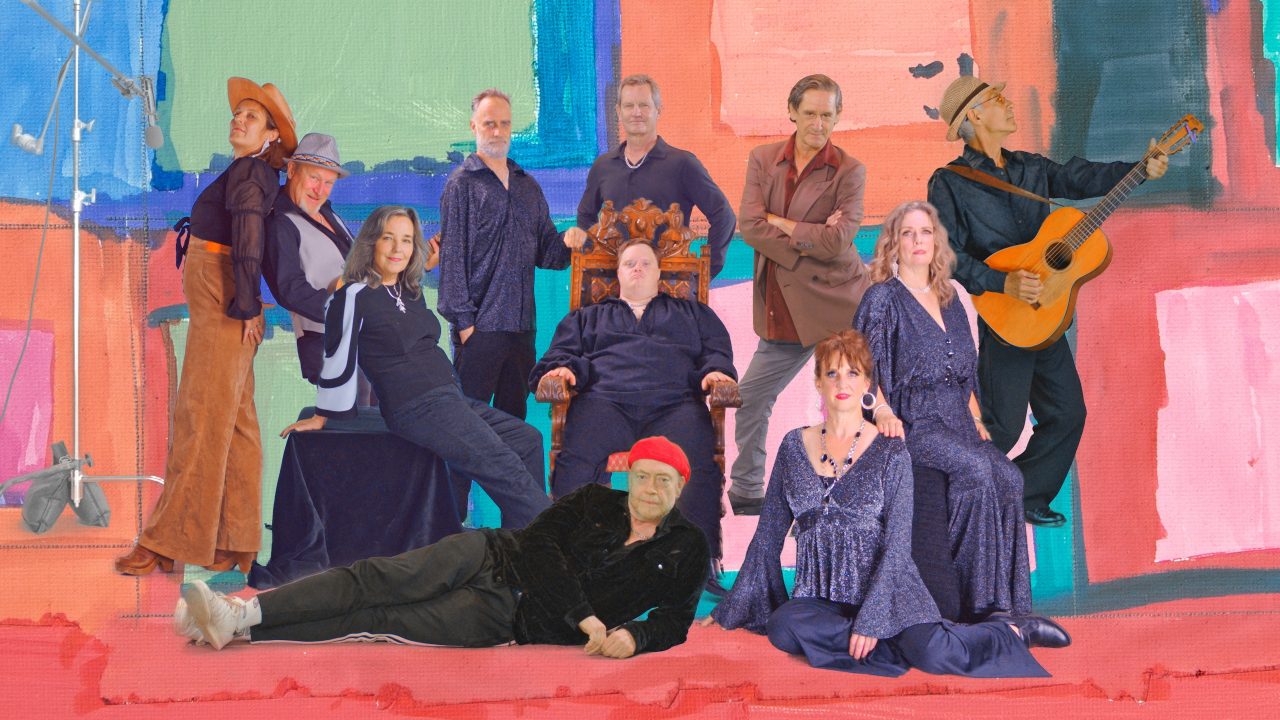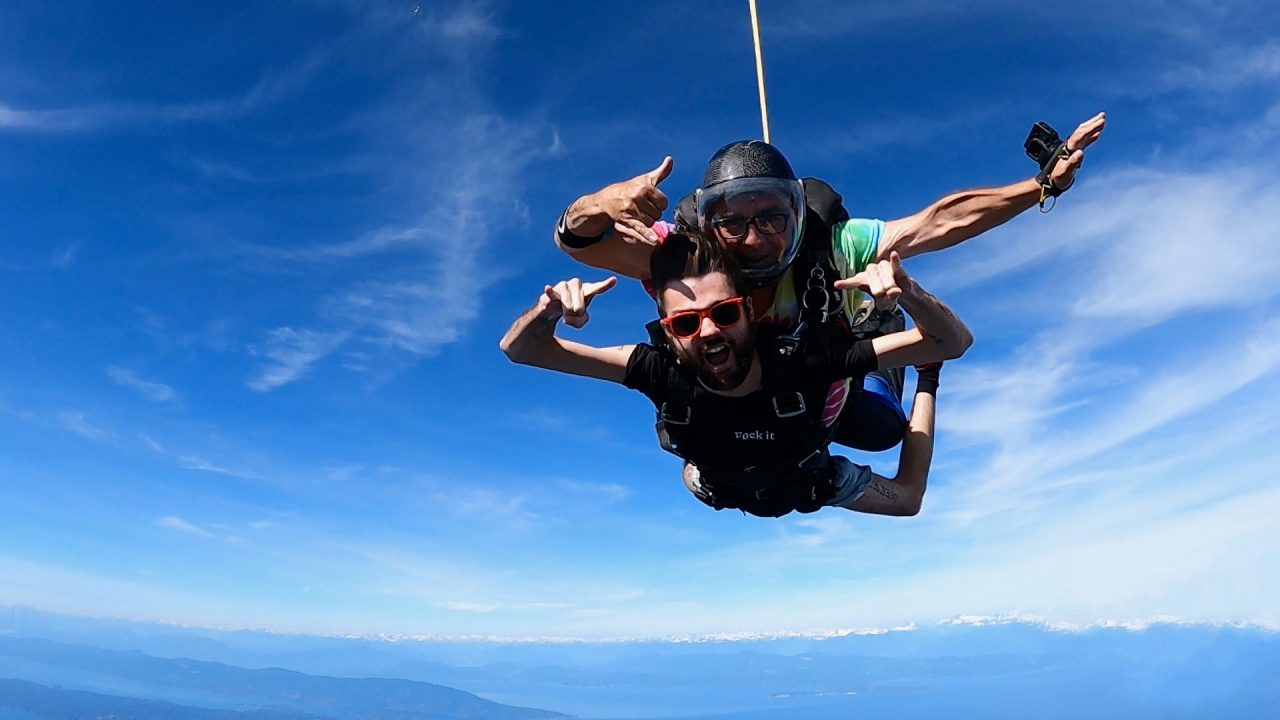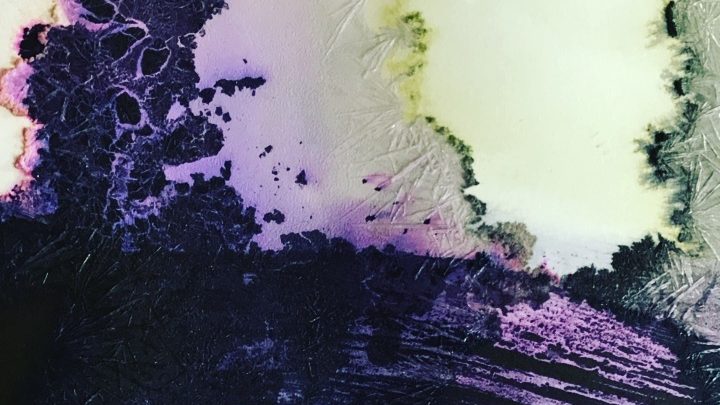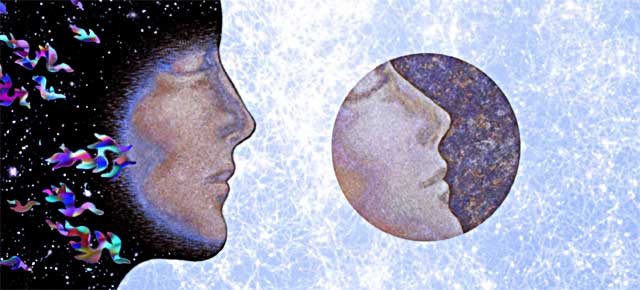
Mystical Brain: Meditation is the New Black
Mystical Brain: Meditation is the New Black
Meditation, along with a host of other things* once considered the prerogative of the patchouli-scented fringe, has officially hit the mainstream. Hard.
This March, entertainment mogul Oprah Winfrey teamed up with physician, bestselling author and New Age guru Deepak Chopra to offer the OPRAH & DEEPAK 21-Day Meditation Challenge, an invitation to meditate every day for 3 weeks. Oprah is known to enjoy a challenge. In 2011, for example, the TV host and 378 of her staff members went vegan for a week straight.
But this was different. This was Oprah using her clout and influence to tell her millions of viewers and fans that what would make them feel better was not doing more of this, or eating less of that, but actually sitting down and doing nothing at all.
Propelled in the West by the Beatles and their transcendental leader, His Holiness Maharishi Mahesh Yogi, meditation had finally arrived. Hoisted to the top by Ms. O herself.
Mystical Brain is a feature doc that looks at the intersection between “contemplative activities,” like prayer and meditation, and neuroscience. What happens in the brains (and bodies) of those who routinely engage in contemplation? Can it be measured? Qualified?
The doc, directed by Isabelle Raynault, a film studies prof (who recently released a book about script-reading and writing, in French), digs deep into these questions.
First, the film follows a team of Université de Montréal researchers studying, through electroencephalography (or EEG), the brains of Carmelite nuns asked to remember a moment of divine communion they experienced in the past. This was as close to the “real deal” as they could study as Carmelite nuns, like most of us, apparently can’t trigger mystical experiences on command.
Nine nuns later, the 2 scientists were able to demonstrate that prayer increased the brain’s Theta activity, or Theta waves. Theta waves (4-7.5 Hz) are some of the slowest waves our brains emits. These waves are associated with REM sleep, daydreaming, super learning, and increased memory and creativity. For most people, Theta activity is only experienced momentarily, as one drifts off to sleep from Alpha, or wakes from deep sleep, from Delta. For nuns, especially cloistered ones, like Carmelite, this is a state they spend hours in – consciously – every day.
Next, the film takes us to the University of Wisconsin-Madison, where a different team is studying the meditating brain of Matthieu Ricard, a French-born Buddhist monk who also happens to be the French interpreter to the Dalai Lama. Ricard, the author of numerous bestselling books on meditation and happiness, is a natural at explaining what meditation is and isn’t, and his on-camera sequences are some of the film’s strongest.
According to Ricard, it seems paradoxical that in a world where so many people report being unhappy, our mind doesn’t receive more of our attention. On any given day, most of us spend more time on our clothes, our car or our hair, than on training the very minds that will make possible and shape our experience of these things.
Buddhist monks and long-time meditation practitioners, on the other hands, are like the Olympic athletes of the mind. Their minds are clear, serene, and less vulnerable to the vagaries of external events. At Wiconsin-Madison U., the neuroscientists found that meditation has a robust impact on brain function…. and not only for Ricard and his kind. Positive physical and psychological changes can already be observed in new practitioners, as early as 2 months into their practice.
But while western scientists are still exploring exactly how and why meditation works, people who meditate already know why they do it: because it feels amazing.
Mystical Brain, Isabelle Raynauld, provided by the National Film Board of Canada
* I’m looking at you, gluten-free brown rice Kellogg’s Rice Krispies.
